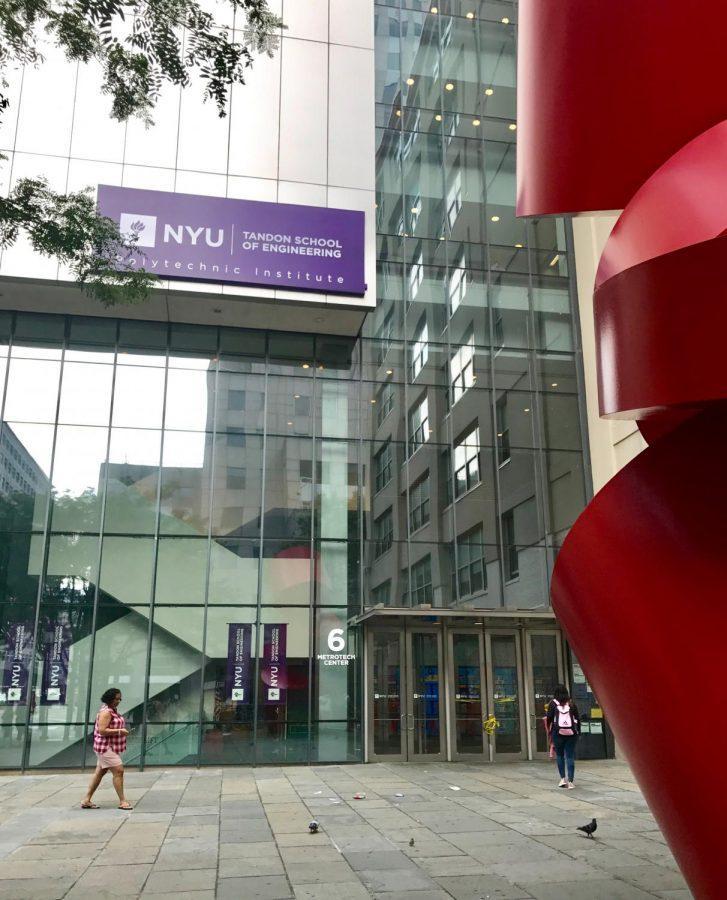New Tisch Major in Brooklyn
Tisch will expand to the NYU Brooklyn campus by adding a new Interactive Media Arts major for undergraduate students starting with the Fall 2018 semester.
November 13, 2017
Beginning next fall, the Tisch School of the Arts will be expanding certain programs to the Tandon School of Engineering’s Brooklyn campus with the addition of a new major for undergraduate students — Interactive Media Arts.
IMA is based on the Interactive Telecommunications Program for graduate students, which was founded in 1979 by Red Burns. She recognized that the world of technology was changing and believed that video — the new and revolutionary medium of its time — was going to shift the power of who could tell their stories. Previously, larger broadcasters and arts programs had all the voice, but with the rise of videotape and public access television, the average person could effectively participate in larger, public discussions.
ITP was designed to empower the average person with cutting- edge technologies.
“Technology over four decades has changed, but that impulse to democratize expression remains one of the central themes in the department,” Daniel O’Sullivan, the Tisch associate dean of emerging media, said.
In 2013, IMA began as an undergraduate program at NYU Shanghai. There, it is the second most popular major after business. The New York campus grants it a Bachelor of Fine Arts, and because it is within Tisch, degree requirements are more flexible. This allows for double majors and minors, and O’Sullivan noted that anyone who is interested in taking such courses in new media should consider doing so.
“For me, the real revolution is not in more people becoming computer scientists or creative coders … but rather every person who’s studying at NYU gains some computational literacy,” O’Sullivan said. “That’s the bigger ambition of our department.”
IMA and ITP offer and encourage an interdisciplinary liberal arts experience. In many ways, courses are project-driven, allowing students to follow their own interests through computation and coding technologies. Faculty are also interested in creating a program similar to NYU’s Writing Center, but with coding.
“Computation is a tool for thinking in all sorts of disciplines … [and] computational models are a core way to think and express yourself in all disciplines,” O’Sullivan said. “We’re trying to reach people who want to look through the computer.”
Globally, IMA is building a presence at NYU’s campuses in Abu Dhabi and Berlin, and faculty want students to make use of these advantages. The program hopes to reach students with an interest in social justice and who aspire to make a difference and to provide them with the interactive technological knowledge to do so.
ITP and IMA are moving to Brooklyn along with recorded music and game design. Though O’Sullivan shared that there is a bit of sadness among faculty, students and alumni about leaving behind their current office, the new campus will be much larger with better facilities. In the interim, O’Sullivan encourages everyone to visit the current space at 721 Broadway on the fourth floor.
A version of this article appeared in the Monday, Nov. 13 print edition.
Email Jillian Harrington at [email protected].
























































































































































